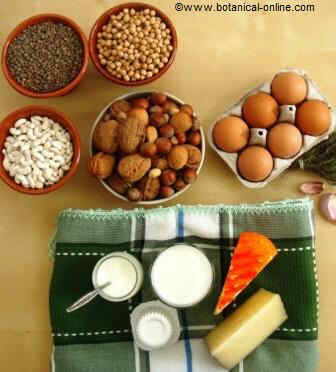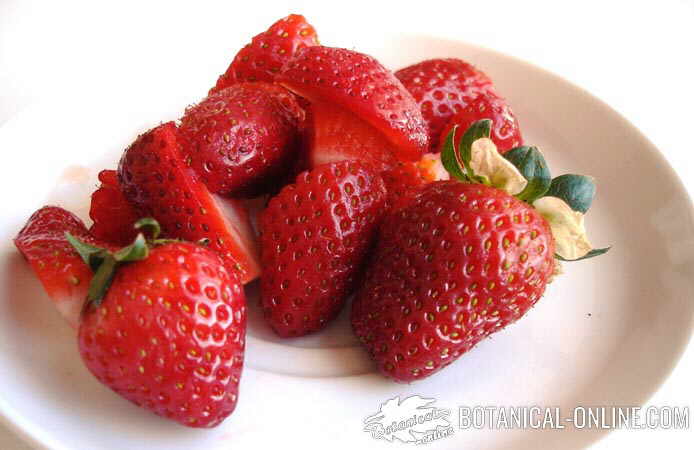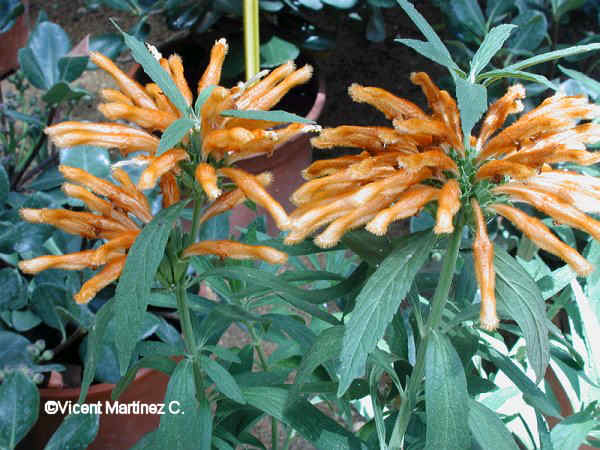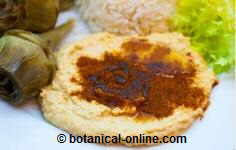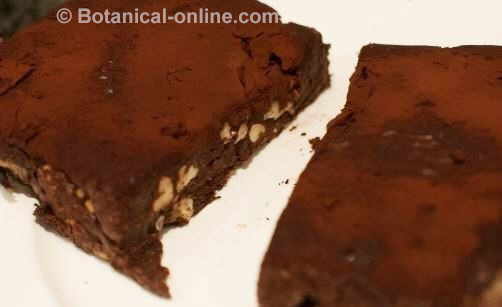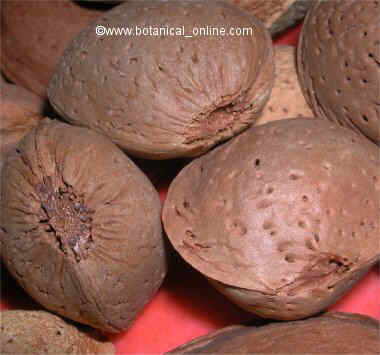Contents
What is a celery plant?
Plant characteristics (Apium graveolens)
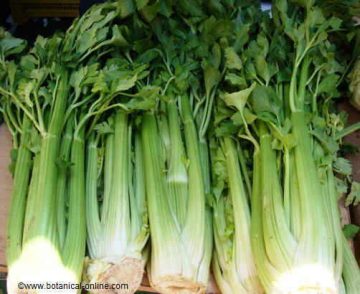 Celery (Apium graveolens) is a biennial plant that it is grown for its stalks, which are cooked or eaten raw in salads.
Celery (Apium graveolens) is a biennial plant that it is grown for its stalks, which are cooked or eaten raw in salads.
The plant can attain 0.6 to 1 m. height.
Celery stems are thickened and juicy, typically striated lengthwise.
It is a plant of the Apiaceae family (also called Umbelliferae), being a relative of parsley, carrots, fennel, coriander and wild celery.
Etymology of celery
The word celery is derived from “apon” (water) and alludes to the fact that this plant lives in waterlogged places.
Graveolens means “grave smell,” referring to the intense aroma of the plant.
Varieties of celery
Celery grown and sold in the markets is fresh celery (Apium graveolens var sweet.), Of which several varieties exist:
- White celery (summer celery) is most prized for tits flavor. It whitens itself and earthing up is not necessary. It highlights the variety “Golden Self Blanching”.
- Green celery (winter celery) is more resistant to cold. The best known variety is “Tall Utah”.
If we buy celery leaves, they probably come from sheet celery (Apium graveolens var. Secalinum).
In some regions, celeriac is cultivated (Apium graveolens var. Rapaceum). It has a thickened root and grown short stems. Leaves and root are consumed similarly to fresh celery.
Celery uses
- As food, the stems are eaten raw or cooked, to flavor soups, stews, and salads. Some people smear them with peanut butter or sesame cream. They may also be prepared liquefied, to be used to treat obesity, because of their anti-anxiolitic and diuretic properties, and for hypertension.
The leaves are eaten raw or cooked, mainly as a condiment for soups and stews. Their flavor is strong, so they should not be added to your dishes in a big amount. The seeds are used as a spice in small amounts to flavor soups and stews.
- In natural medicine it is attributed with bitter tonic properties. Celery is digestive, it helps reduce blood pressure and has anti-inflammatory properties so it is also used for rheumatism. Seeds, as other Umbelliferae (like cumin or caraway), have high value as carminative remedies that help expel gases from the digestive system. Its essential oils stimulate the uterus and are not recommended for pregnant women.
- In the garden, it is a good ally of the Brassicaceae plants because their oils repel insects that attack these crops. If you want to plant cabbage, cauliflower or broccoli, you should plant celery near to avoid pests such as cabbage butterfly.
![]() More information on celery
More information on celery

